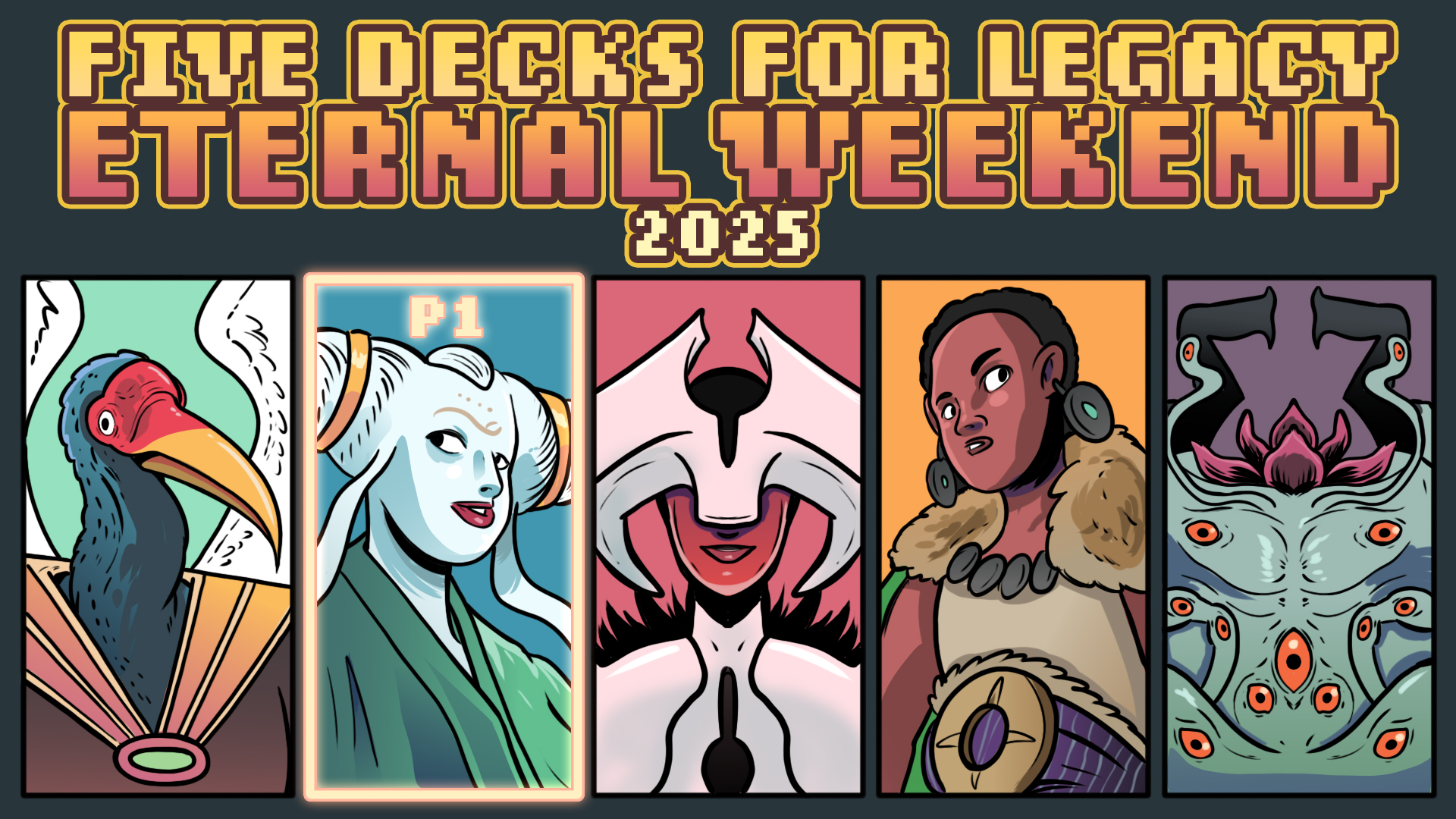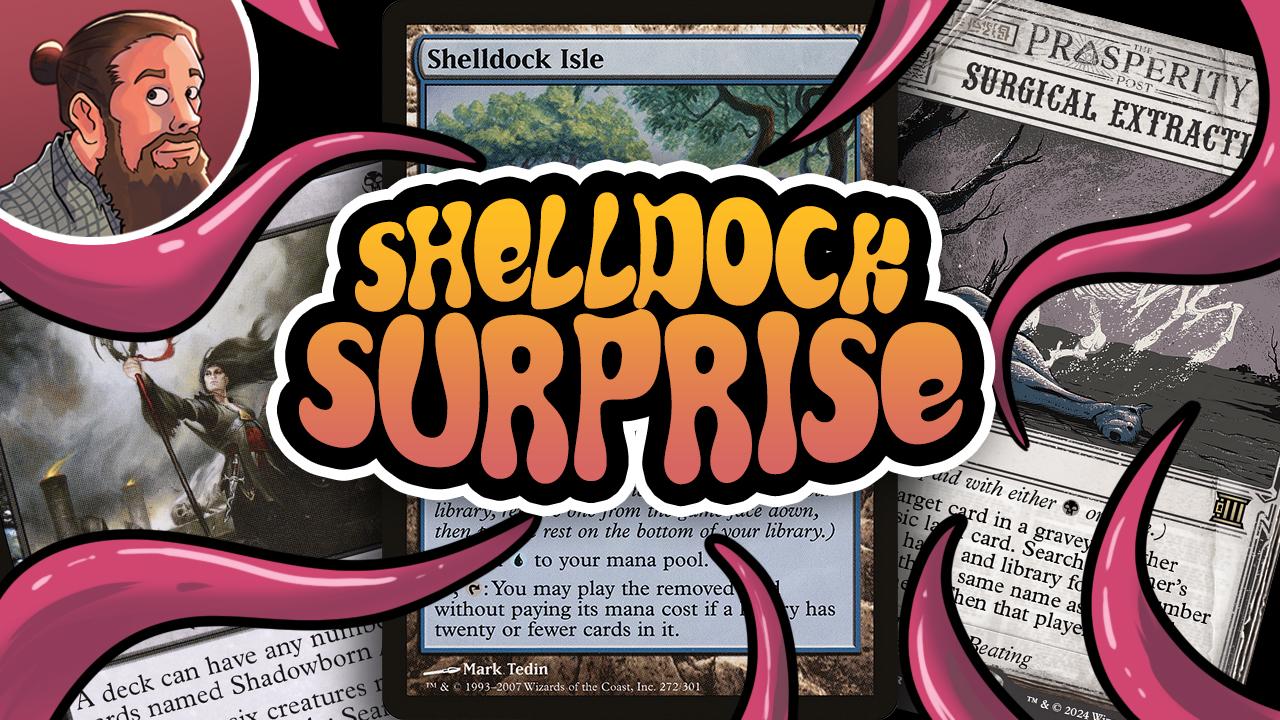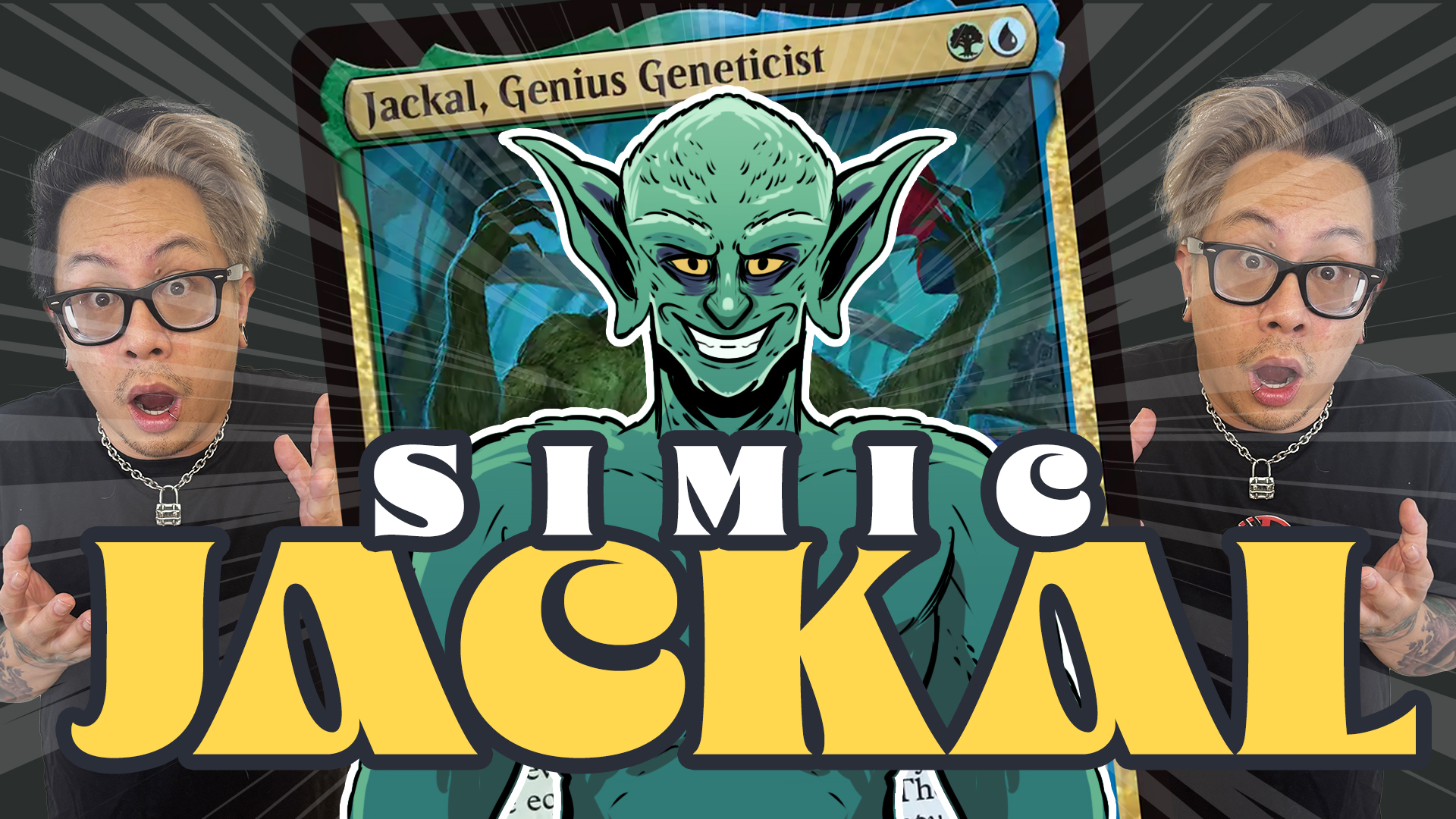Cube Goldberg Machine: Cubisms - Guiding Principles of Cube Construction
Howdy folks, and welcome again to Cube Goldberg Machines, the series exploring the ins and outs of the cube format. After getting some of the introductory stuff out of the way, it’s time for an article that many people have asked me about: cube construction! I’ve hopefully gotten you excited about the format; now it’s time to get you started building your own!
Cubes are endlessly customizable, and you’re not trying to optimize it for some tournament metagame. So, I can’t give you advice on what’s “optimal” — you’re going to have to define that for yourself! What I can do in this article is give a few general guiding principles for how to start thinking about cube design. Down the line, I’ll do format and archetype breakdowns, card discussions, and even maybe building a specific cube!
There are a few principles I try to follow when designing a cube, to make it the most fun environment it can be. These are mostly centered around making a fun drafting experience. They’re not hard and fast — sometimes breaking them can spice things up — but they are always in the back of my head!
Make Each Game Enjoyable
First, I try to make sure the games themselves are fun. This can mean different things to different people, so I don’t get too narrow with my definition of “fun”—I’m happy to include stax (Smokestack) effects, for example, and I have a few infinite combos included. Instead, it means I want the games to be interactive, and I want people to be able to do the things they’re trying to do. This means two things — I want people to always have outs to what is happening, and I want to include cards that decrease in-game variance.

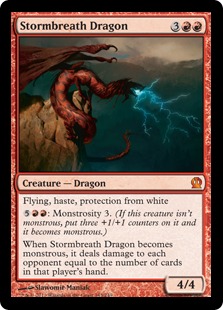

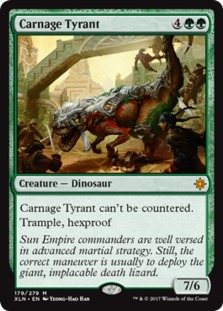
For example, I don’t include “Protection from X” cards in my cube, almost strictly. (I do have Sword of Dungeons & Dragons, but clerics and rogues aren’t particularly important…) I really resent how much I like Stormbreath Dragon aside from its protection from white; every time I see it in my cube, I cringe but can't bring myself to take it out. This also goes for Hexproof, which is a bit more of a personal stance. Cards like True-Name Nemesis and Carnage Tyrant have no business in my cube.




That goes a step farther, though. Because I’ve enabled reanimator, I try to have a fair amount of graveyard hate; the artifacts-matter theme is met with maindeckable artifact hate. Thalia, Guardian of Thraben and Thalia, Heretic Cathar are included to give the white aggro decks play against non-creature decks, and wrath effects serve to counterbalance early onslaughts. Planeswalkers are limited in number and power because some decks struggle so much to answer them. I try not to go overboard on these approaches; I don’t want to add so much hate that the unfair decks are crippled. But I don’t ever want there to be a matchup where someone doesn’t have counterplay available to them; interactive magic creates the best experiences!


For example, back when I supported a stronger Mill archetype, it risked being very non-interactive; this was one reason I severely cut back on it. However, when your opponent is trying to win with Increasing Confusion and Jace Beleren, Split Screen is basically a hard lock (you just let one stack empty out completely). This one isn’t a hypothetical; my friend was on a mill deck one night, and the rest of his matches were unpleasantly one-sided and non-interactive. But I kept drawing my “hate card,” and he lost several frustrating games.
As neat of an interaction as that is, it’s a great example of something I try to discourage in my cube. I try to avoid cheap cards that completely devastate some matchups, because they lead to feel-bad moments for players—and even winning with them is less satisfying. That being said, Split Screen is a sweet card and it’s still in the cube. Like I was saying, principles, not hard rules! It's a little less offensive now that I've cut down mill, though. Just to emphasize, do NOT include Increasing Confusion in your cube. Because of the 40-card decks, it's either bad or unbeatable, and leads to exactly the kinds of experiences I'm trying to avoid.


The other part of fun gameplay is consistency. People should have enough enablers to do the things they want to do, and enough flexible cards that they aren’t ever dead. This is why Abrade is such a good cube card, and why Knight of Autumn got the cube community extremely excited. Dusk // Dawn isn't the best wrath in the format, but it can see play in lots of decks because decks can take advantage of different parts of it. Meanwhile, cards like Mind Stone don’t tend to get people excited, but it helps smooth out games. I also have an aggressively high amount of fixing, which aims to help people have fun casting their spells, rather than staring at the uncastables in their hand. Great fixing is a double-edged sword though; we’ll get to it soon.




Lastly, cards like Oath of Nissa, Militia Bugler, and Ponder are great at helping you find whatever you’re missing, game to game. (One reason many players love blue in cube: it's stuffed chock full of these effects.) These cards are staples in older formats for a reason—card selection is good. Even outside of a reanimator shell, Faithless Looting is a powerful magic card. The scrylands, like Temple of Malice, double up on this goal—while lands that enter tapped can be a hassle, the scry and fixing work together towards enjoyable games, both letting you find the right spells, and then play them.
Unique Games and Drafts
The flip side of consistency is variation in gameplay. Over the course of owning a cube, you’ll have the most fun if each deck plays a little differently every time, and every draft leads to different decks. This helps the format to stay dynamic even if you don’t change a thing.

![]()

To promote this, I encourage many distinct archetypes and provide many overlapping support cards. In my cube, Archangel Avacyn works as a top-end beater for white aggro, a closer for a white-blue control deck, and a key piece of a blue-white flash deck. Tireless Tracker works well in a Life from the Loam deck, a Smokestack shell, or as a mid-game draw engine for ramp. Myth Realized isn't the strongest card, but it's good enough to see play in aggro, while being very good as a finisher in a control or enchantments shell. These are balanced by very specific cards like Reanimate that shoehorn people into specific archetypes; otherwise, drafters can just take good cards and walk away with a good deck. A balance of flexible and narrow enablers creates complex drafting choices.
This is where the mana base comes in. Just like too many generically powerful cards like Hero's Downfall or Eternal Witness will allow bland goodstuff decks, too much powerful fixing will just let players always play 3–4 color decks without hesitation. These decks will start to all feel the same unless they’re strongly defined by different archetypes; this is why I was cautious about them above. That being said, I believe that a strong manabase allows players to add strange things like Grusilda, Monster Masher to their blue-black reanimator decks, or play decks like 5-color prison centered around white cards like Ghostly Prison and Snow Mercy but also splashing for Propaganda, Night of Souls' Betrayal, Joraga Treespeaker, and Blasphemous Act. This is cool, and that’s good enough for me. But it also means that a prison deck can look different every time, adding variety to an otherwise fairly prescribed archetype.
There’s an important bit to all of this, though: your environment should have a fairly flat power level, across archetypes and cards. Otherwise, the best decks will rise to the top of every draft, and will see play most or every time the cube is played. This is true of off-the-shelf limited formats, too; the best formtas are always the ones with the most playable cards, the fewest extremely oppressive cards, and the coolest build-around options. It’s a lesson that Wizards of the Coast has been learning for years; look at how limited formats over time have been improving and how delightful Dominaria drafts were.




That being said, powerful cards are fun. You can definitely overbalance on a card-by-card basis; as a wise man once said, “When everyone is super, no one will be.” Don’t be afraid to include some zingers! Just make sure they’re well-distributed, and if they’re tied to specific archetypes that will help limit how much they warp the format. Booster Tutor is busted (assuming you're using "packs" from your cube); Tinker isn't exactly fair and balanced magic. Shrine of Burning Rage can absolutely devastate grindy games, and Sorcerous Spyglass is unexpectedly devastating in many cubes. These cards have proven themselves to be quite threatening in my cube, but they also can help create exciting games!
This brings me to an important bit: no one can tell you what to do with your cube. There’s no tournament to grind, no FNM to cash out of. There’s no “best.” Do what you can afford, and what you like! Budget is a real thing, and one of the joys of cube is that you get to set your own limits. Beyond that, it’s a playground of self-expression. Many of the archetypes in my cube reflect my favorite archetypes in other constructed formats, and there are definitely cards that shouldn’t be in there but are because I enjoy them irrationally.
That being said….
Other people have to enjoy your cube, too. It doesn’t do you much good if it just sits on your shelf! So, once you find people that you regularly play with, be sure to take their feedback seriously and find what they enjoy.
Sidenote: I’ve had a couple people ask me how to find a cube group. I thought about devoting a whole article to it, but I don’t have great tips. Basically, I think there are two answers:
Network! Go to FNMs, or casual Commander nights, or whatever dominates your local scene. Make friends, find people you like playing with, maybe find the local magic Facebook page (there probably is one) and put some feelers out. It’s not always easy, and scheduling is usually tricky because people are busy, but cube is a social format and the best way to enable it is to make inroads in the community. (This is part of what I like the most about it, actually.) Another option: bring your non-magic friends over to the dark side. Maybe you've already tried this; if you haven't, it might be worth it to introduce them to the game!
The other side of the coin: find ways to cube with fewer people. I can’t count the number of times I’ve reached out to a bunch of friends to cube, and between work, school, and other obligations, ten turns into two or four. I’ve got some favorites ways for playing with small groups; watch out for an article on different ways to run small drafts!
Anyways, that’s all for today folks! Remember, this is all about having fun; these principles are just a few things I’ve found to make things more enjoyable. Do what makes the most sense for you! Next time, I’ll be talking in more detail about a few key choices when starting a cube, like format and numbers; after that, we’ll start talking about specific archetypes, formats, and ways to draft!



